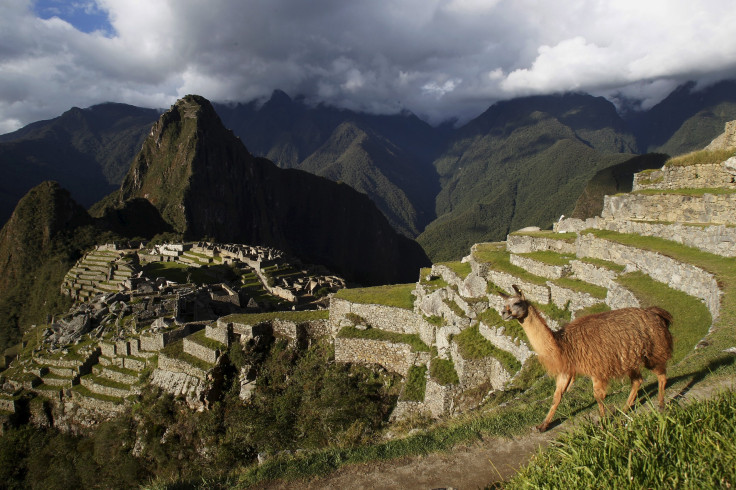Half Of All World Heritage Sites Threatened By Industrial Activities: WWF

About 11 million people — roughly equal to the population of Portugal or the southern U.S. state of Georgia — who live in or around 114 of the 229 World Heritage sites, could be negatively affected by harmful industrial activities, according to a report by World Wide Fund for Nature. The natural wonders — such as the redwood forests or the Grand Canyon in the U.S., the Inca citadel at Machu Picchu in Peru or the Great Barrier Reef along the Australian coast — themselves are also at risk from industrial activity such as oil and gas extraction, mining and illegal logging, said the WWF report.
The report, written by New York-based Dalberg Global Development Advisors and published Wednesday, is titled “Protecting People Through Nature” and calls on national governments to “ensure that no harmful industrial activities ... are permitted in World Heritage sites or in areas that could negatively affect them.”
Simultaneously, it appeals companies to make “no go commitments to refrain from activities that threaten to degrade the capacity for protected areas, and World Heritage sites in particular.” The conservation group also appealed to finance companies to not fund industrial projects in protected areas.
Region-wise, the situation is the worst in sub-Saharan Africa, where 71 percent or 30 of the region’s 42 sites are under threat. In terms of absolute numbers, it is matched by East Asia and Pacific, which, with 55 sites, has the highest number of World Heritage sites for any region. Europe and Central Asia has the smallest percentage of threatened sites, but even there, the number is an alarming 30 percent. Within North America, 35 percent, or 7 of 20, sites are under threat.
The report also said 46 World Heritage sites, such as the Belize Barrier Reef and the Selous Game Reserve in Tanzania, are under risk from multiple harmful industrial activities, the effects of each of which will be compounded by the others.
“World Heritage sites should receive the highest levels of protection, yet we are often unable to safeguard even this important fraction of the Earth’s surface,” Marco Lambertini, director general of WWF International, said on the group’s website. “We all agree that these are some of the most valuable and unique places on the planet, now we need to work together to let these sites provide for the well-being of people and nature.”
World Heritage sites cover only about 0.5 percent of the planet’s surface but they “support some of the planet’s most valuable ecosystems and contribute to economies through tourism, recreation and the export of resources while also providing homes to threatened species and helping counter global climate change,” WWF says on its website.
© Copyright IBTimes 2024. All rights reserved.





















